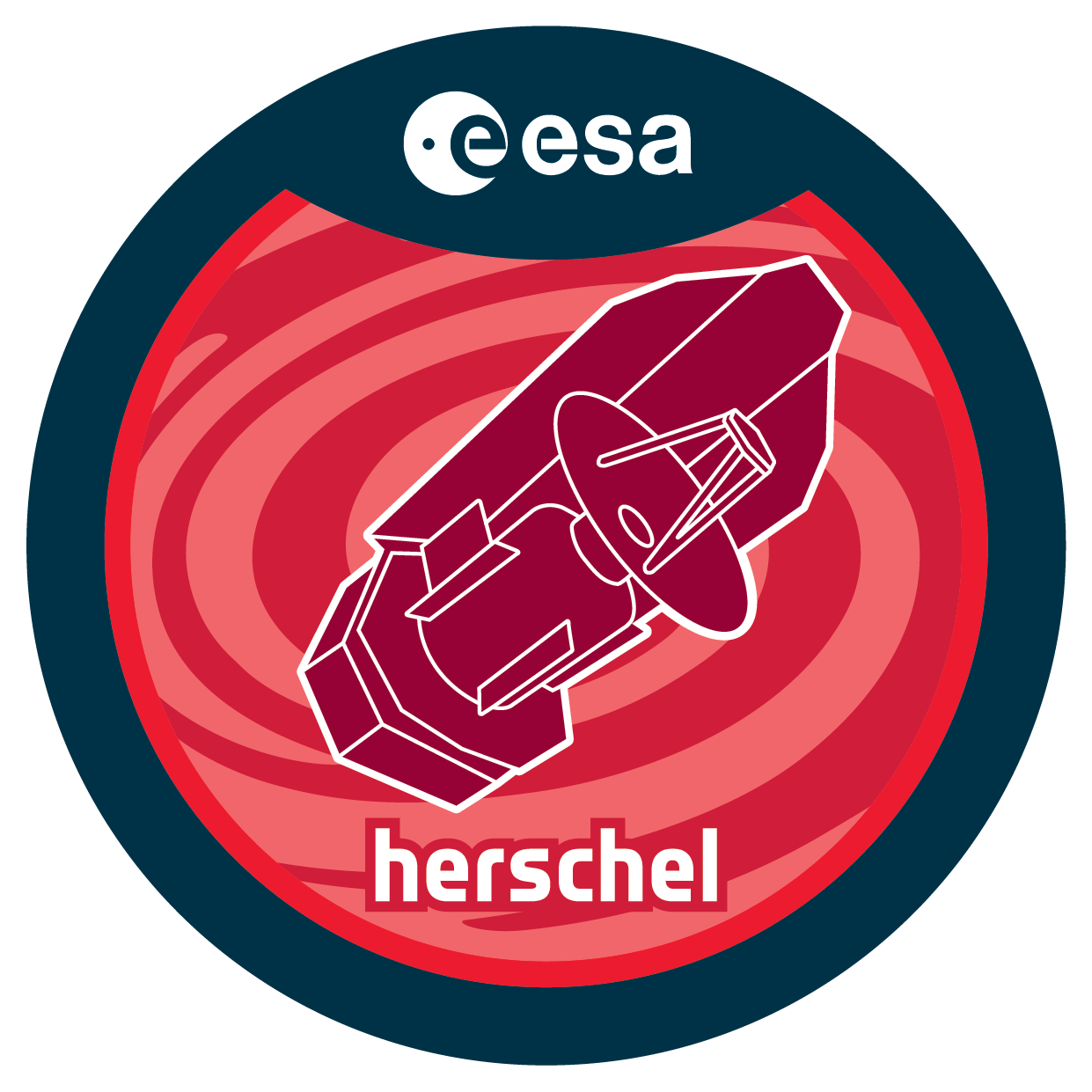| Description |
Nitrogen is the fifth most abundant element in the local Universe. Itis essential component of molecules associated to Earth-typelife. Yet, the reservoir of nitrogen in the dense ISM, where stars,and ultimately planets, form, is not known. This is for goodreasons. The main reservoir of gas-phase nitrogen are expected to be Nor N2, and it is likely that most of the nitrogen be indeed frozen-outon dust grains in the form of ammonia ices. However, N and N2 are notobservable in the shielded environments characterizing the embryos ofstar-forming regions. Hence, all what is know about nitrogen must relyon indirect observations of N-bearing molecules, the lightest (andthus among the easiest to form) of which are hardly detectable fromthe ground. To date, and despite longstanding efforts, ourcomprehension of the chemistry of nitrogen remains elusive. TheHSO/HIFI instrument is opening new avenues in this respect, allowingastronomers to readily detect nitrogen hydrides and several keyspecies of the nitrogen chemistry. This is the aim of thisproposal. We propose the observation of key species that areobservable only with Herschel. Those include NH, NH2 and NH3 (in theirortho and para forms), as well as their deuterated isotopologues, andother pivotal species like CH and CH2. This corpus of observations inorder will allow to assess our understanding of the chemistry ofnitrogen in dark cloud conditions, and answer the fundamental and openquestion, whether dust processes are necessary catalysts in thischemistry. |

